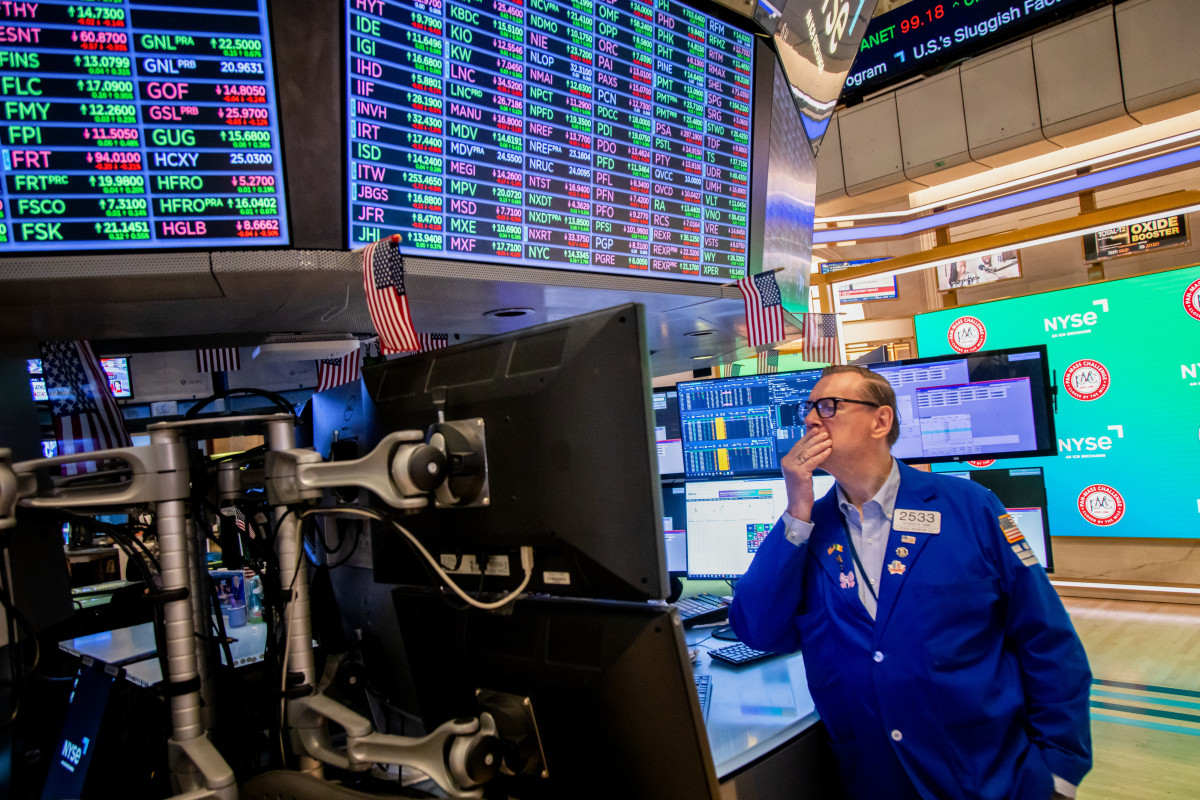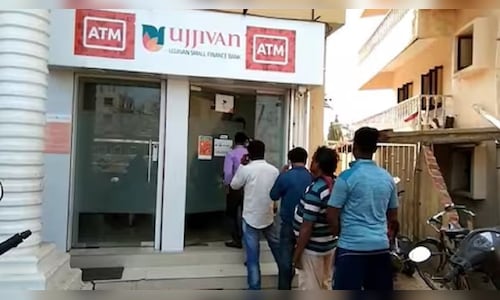Revolutionizing Philippine Banking: How AI and Green Finance are Shaping the Future
The Philippine banking sector is on the cusp of a significant transformation, driven by the integration of Artificial Intelligence (AI) and the rise of green finance. At the recent International Management Conference (IMC), industry expert Anand Sinha highlighted the pivotal role these forces will play in redefining banking operations, risk management, and sustainability initiatives within the country.
Sinha’s presentation underscored the increasing importance of understanding and mitigating climate-related risks. The Philippines, being a highly vulnerable nation to climate change impacts like typhoons, floods, and rising sea levels, faces unique challenges. Banks, as key financial institutions, are increasingly exposed to these risks through their lending portfolios and investment activities. Failure to adequately assess and manage these risks could lead to significant financial losses and systemic instability.
AI: The Engine of Efficiency and Risk Management
AI isn't just about futuristic robots; it's already transforming banking processes. In the Philippine context, AI applications are being explored and implemented in several key areas:
- Fraud Detection: AI-powered algorithms can analyze vast amounts of transaction data in real-time, identifying and preventing fraudulent activities with far greater accuracy than traditional methods.
- Credit Scoring: AI can leverage alternative data sources beyond traditional credit history to assess creditworthiness, expanding access to financial services for underserved populations.
- Customer Service: Chatbots and virtual assistants are providing 24/7 customer support, improving efficiency and enhancing customer experience.
- Risk Assessment: AI models can analyze complex data sets to identify and quantify various risks, enabling banks to make more informed lending decisions.
Green Finance: Funding a Sustainable Future
Green finance, encompassing investments in environmentally friendly projects and sustainable practices, is gaining momentum globally, and the Philippines is no exception. Banks are increasingly recognizing the opportunities presented by green finance, both from a financial and a reputational perspective.
This includes:
- Green Loans: Providing financing for renewable energy projects, energy efficiency initiatives, and sustainable agriculture.
- Sustainable Bonds: Issuing bonds specifically earmarked for green projects.
- ESG Integration: Incorporating Environmental, Social, and Governance (ESG) factors into investment decisions and risk management frameworks.
Regulatory Landscape and Future Outlook
Sinha emphasized the crucial role of regulatory bodies in fostering the adoption of AI and green finance. The Bangko Sentral ng Pilipinas (BSP) is actively working on developing regulatory frameworks that promote responsible innovation while safeguarding financial stability. This includes guidelines on data privacy, cybersecurity, and AI ethics.
Looking ahead, the Philippine banking sector is poised for continued transformation. Embracing AI and green finance will not only enhance operational efficiency and mitigate risks but also contribute to a more sustainable and inclusive financial system. Banks that proactively adapt to these changes will be best positioned to thrive in the evolving landscape.
The IMC discussion served as a valuable reminder that the future of banking in the Philippines is inextricably linked to technological innovation and environmental responsibility. It’s a future where banks are not just financial intermediaries but also active contributors to a greener and more resilient economy.






